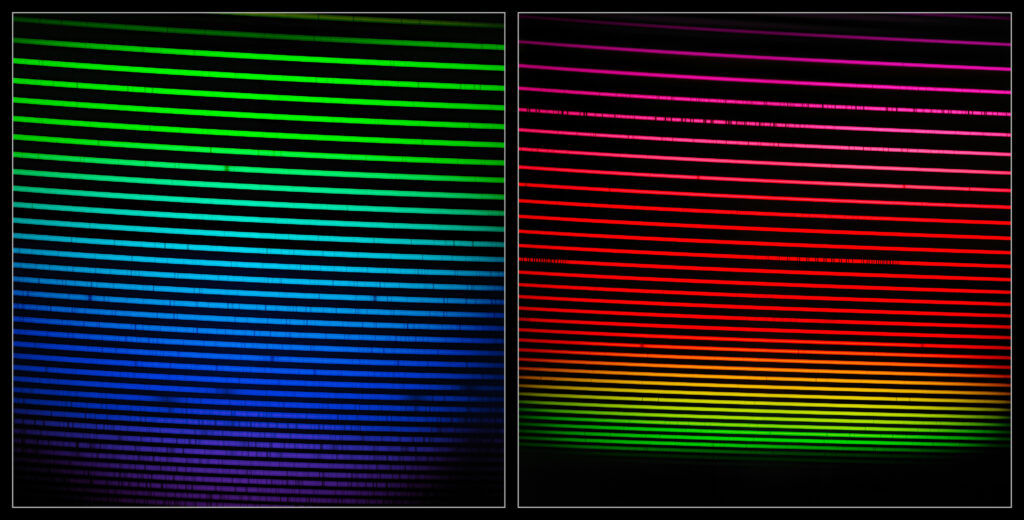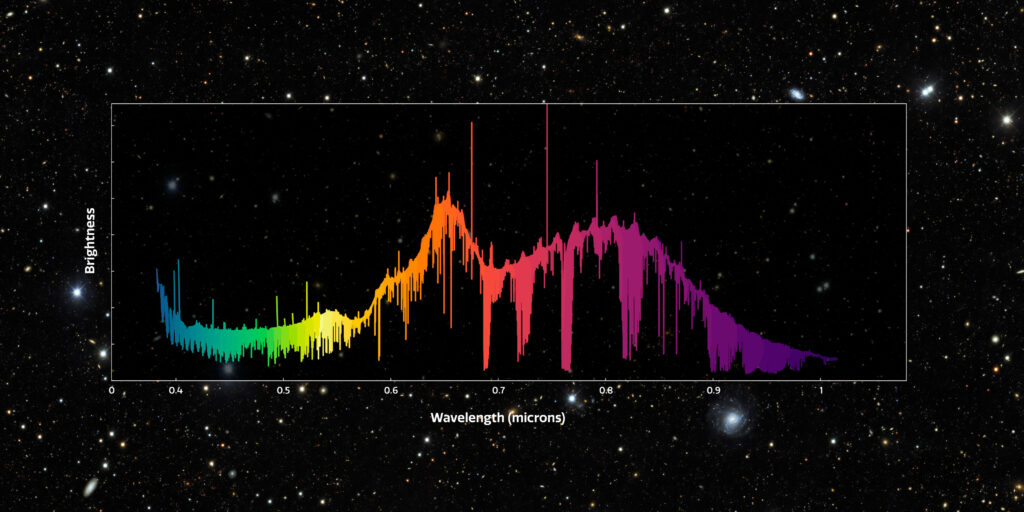The Gemini South telescope located in Chile received the spectrum of a bright, chemically complex star HD 222925. In this it was helped by the new high-resolution spectrograph GHOST.

GHOST Spectrograph
Spectrographs are among the most important scientific instruments in all of astronomy. Unlike high-resolution cameras that capture amazing details of distant stars and galaxies, they accurately analyze the spectrum of light emitted by them. This allows us to reveal information about their chemical composition, motion and rotation, as well as about ancient analogues at the edge of the observable universe.

The creation of GHOST began in 2010 and took ten years. The instrument was delivered to the Gemini South Observatory back in 2020 — but due to the COVID-19 pandemic, its commissioning took place only this year. The spectral resolution of GHOST is ten times that of GMOS, the observatory’s other optical spectrograph. To date, it is the most sensitive high-resolution spectrograph used on telescopes of comparable size.
Star HD 222925
The first target of GHOST was the star HD 222925. It is located at a distance of 1400 light-years from Earth in the direction of the constellation Tucana and belongs to the spectral class F. It is distinguished by a very impressive content of various chemical elements. In total, astronomers were able to identify 65 elements of the periodic table in it. 42 of them are heavy elements like silver and gold. Because of this, some media even called HD 222925 a “gold standard star”.

You can also read about how the Gemini South Observatory telescope photographed a galaxy with a hexagonal core.
According to https://noirlab.edu
Follow us on Twitter to get the most interesting space news in time
https://twitter.com/ust_magazine
